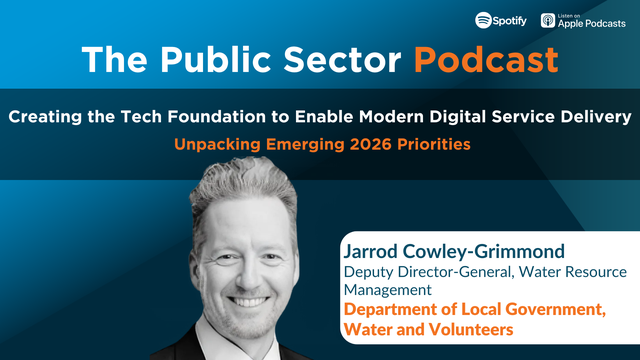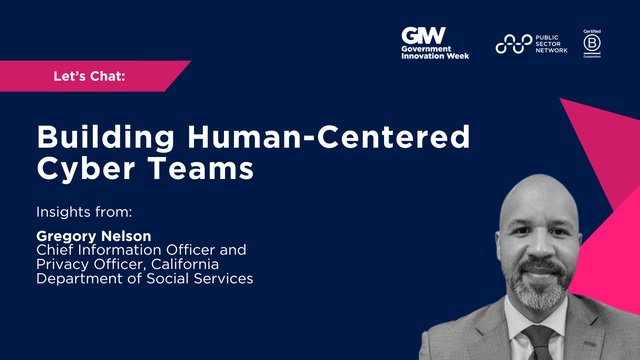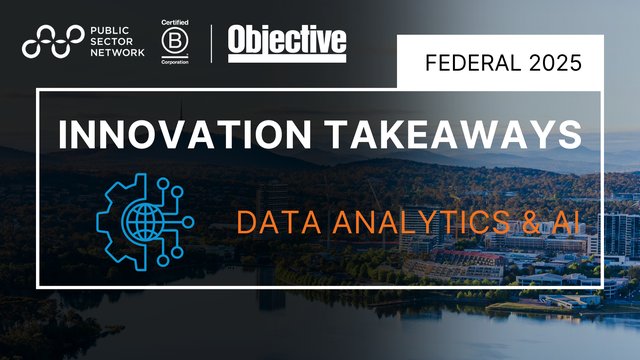Aligning the workforce with the future direction of your organization
The importance of workforce planning
At the recent Strategic Workforce Planning event, we heard from Jeanne Weissl, Director, Strategic Human Rights, BC Ministry of Children and Family Development as she dived into how to align your workforce with the future direction of your organization.
Why Does Your Organization Need a Workforce Plan?
Plans in most industries and organizations are important. They set the strategic direction and goals to work towards, and are often necessary for staff engagement and development. Jeanne Weissl , the Director of Strategic Human Resources at the BC Ministry of Children and Family Development, says that most organizations will agree that people are their biggest resource, but some of them don’t have a workforce plan. “Why would you go through the process of determining what your workforce needs are and then not set up a plan?” In truth, it is likely that most organizations do have a workforce plan, “but maybe they’re calling it something different.”
A people plan, a people and culture plan or an HR plan are all part of the same thing. Yet some organizations claim that they “don’t have time for such a plan, or it’s too much work.” It is true that the process to create a plan can be lengthy, but it is equally true in almost all cases that not having a workforce plan of some kind is worse. Without a strategic direction, there is a higher chance of “turnover, unengaged and unhappy employees, stress and workload pressures, increased leave, and most importantly, a lowered return on investment.” Attracting and training staff is often a long and detailed process, so having them leave “is a huge investment that we’re losing.” At the same time, “it could be worse if those folks stay and are unhappy.” Workforce planning is therefore necessary.
My definition of a strategic workforce plan is that it’s a purposeful, planned, evidence-based and strategic approach to aligning your workforce and your talent with the current and future business needs. It includes current and future needs because we want to make sure that we are doing things for the folks that we have with us now, but also bringing in the correct talent base and information for folks coming to join us in the future.
The current and future states are both important, and workforce planning is about ensuring that all staff are made to feel welcome. The process is about “solidifying your business’s ability to keep key positions filled and having an identified talent pipeline to meet those business objectives.” All positions are of course important, but some positions are key and without them, an organization can’t function. For instance, positions related to “health and safety priorities or those with a special link to the mandate of the organization,” like surgeons in a hospital or police commissioners in rural areas. Some are hard to fill and some are very niche specialists, so having a talent pipeline92aa9e is crucial.
For many people, though “salary and benefits are critical,” they are only “one small aspect. More importantly, is how current employees speak about their employers.” In other words, what is the reputation of the organization and is it seen as a good place to work? Workforce planning is therefore also about “engaging current employees at all levels and providing development opportunities for them to want to stay.” Moreover, though sometimes missing, workforce planning should also be about “strategies to ensure that there is diversity, equity and inclusion at all stages of the employee lifecycle.” In some departments in Canada this means having “an entire team dedicated to Indigenous recruitment and cultural safety.”
The process of developing a workforce plan
There are many ways to create a plan, or maybe more accurately, there are many elements that could be part of a plan. Workforce plans should be customized and thus there is no set process for creating them. Nonetheless, there are few basics, like “starting with defining your workforce needs.” In many cases, this means conducting “an internal scan.” Again, there are many ways to do this, but a good way is to start with an “employee satisfaction survey, or a diversity and inclusion survey.” This provides employee feedback and oftentimes, analytics as well. With these, “you’ll know where you stand in terms of hiring statistics, turnover rates, how long it takes for someone to be fully functional in their roles, and how long staff are staying. These things and other data provide a fundamental level of understanding for your workforce.” An external scan is also important. In BC, this is produced annually and is called “a labor market outlook by an organization that specializes in doing that.” On top of that, external factors like the pandemic and “global impacts like the Black Lives Matter movement” should also be taken into account and considered. All of those have (or could have) a direct effect on employees and how they operate.
“A gap analysis should then be conducted, which takes into account the current state and looks at where we actually want to be, or the desired state.” This is critical because it “shows what’s lacking.” And to overcome what’s lacking, “the next stage is consultation.” This is a more focused and narrow process than surveys and is about looking at gaps in particular, like “maybe gaps in IT or technology, or some other specific gaps.” This then leads to “strategic focus areas.” As an example, an organization might discover through the surveys and analytics conducted earlier that quite a number of staff “are eligible to retire in the next five years.” Succession planning or knowledge transfer might be avenues to follow for this, but consultation could reveal that “there’s a groundswell for a mentorship program.” Other consultations could reveal that minority groups feel unsafe or that there is a culture of discrimination. “The value of doing surveying and consultation shows you what’s missing.” This then leads to “goals and initiatives to monitor, adjust and implement those initiatives that we set in place, and to plug any holes.”
“If you fail to plan, you’re planning to fail.” Though this is a quote from an unknown source, it is very accurate because the point of workforce planning is to create a “greater return on the investment of your business’s biggest asset: your people.”
Jeanne Weissl, Director, Strategic Human Resources, BC Ministry of Children and Family Development
A Specific Example
In the province of British Columbia, there is the BC Public Service Agency, which “looks at the data for all the 30,000 employees within the BC public service,” and which “sets the overall direction and guidance through corporate planning and processes across the entire BC public service, in consultation with all of the HR leads in the different ministries.” The Ministry of Children and Family Development is obviously one of those ministries, but “the needs of my workforce are going to be very different from the needs of any other workforce in any other ministry.” So the BC Public Service Agency developed 3 core values and 6 areas of focus for all ministries. The core values are:
- Alignment – “This means aligning with ministry priorities, government priorities, and corporate HR planning.”
- Evidence – “This is about being firmly grounded in internal and external qualitative and quantitative data to drive those areas of focus.”
- Readiness – “This is about demonstrating the capacity to take on the work required to meet the commitments that we’re making.”
The 6 areas of focus, like the core values, are generic and applicable to all ministries, but are designed to “be morphed into the individual needs of each ministry.” For example, “underpinning all of the areas of focus is culture and engagement , to ensure that everyone is engaged.” In terms of recruitment and retention , “we don’t experience a shortage in our ministry of attracting stuff, so we’re focusing more on the recruitment process.” For the area of anti-racism, diversity, inclusion, and reconciliation , “we’ve added Indigenous, culturally safe recruitment practices, and a diversity officer because there were some complaints about racism in the workplace.” The final 3 are learning and development , leadership development, and succession management . “We are focused on all three to making sure we’ve got folks lined up and in the right places, leaders who know what they are doing, and a talent pipeline coming in with knowledge being transferred from our more senior staff before they go.”


































